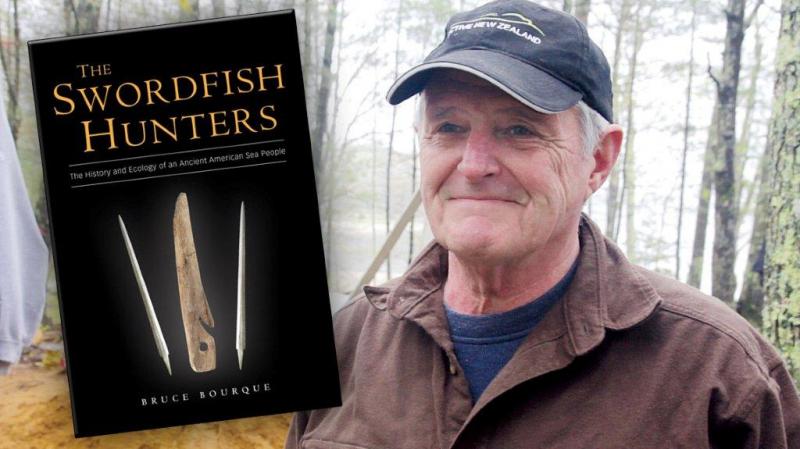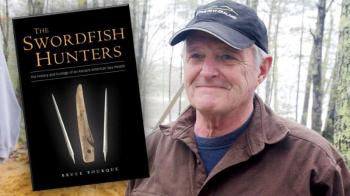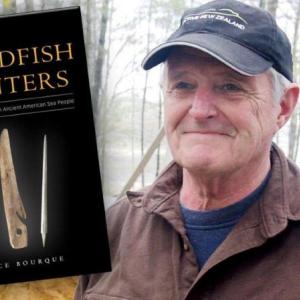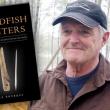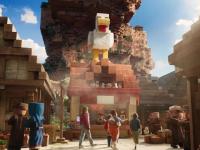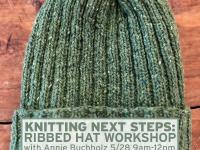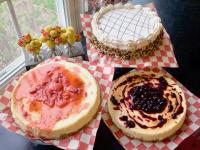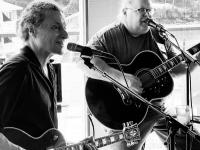Join archaeologist at St. Andrews Village for a talk on the Red Paint People
At the end of the 19th century, strange objects began to come out of the ground in Hancock County.
Large beautifully crafted spear tips came from pits filled with a brilliant red powder. Some of the artifacts were made of stone that came from hundreds or even thousands of miles away.
So began the still largely unsolved mystery of the “Red Paint People,” a seafaring people who hunted swordfish in large seaworthy boats. As a culture, the “Red Paint People” burst onto the scene roughly 5,000 years ago and disappeared just as quickly about five hundred years later.
Bruce Bourque, the Maine State Museum Chief Archaeologist, has spent much of his career studying the Red Paint People. He will speak at St. Andrews Village Jan. 30 at 2 p.m. about his new book, “The Swordfish Hunters: The History and Ecology of an Ancient American Sea People.”
“The Swordfish Hunters” interweaves the story of the Red Paint People and the still-evolving effort to understand their culture.
The Red Paint People were a group of Native Americans who lived in Maine in the area between the St. John and Androscoggin Rivers 4,000 to 5,000 years ago.
They buried their dead in large orderly cemeteries in graves filled with ocher and stone and bone tools of great beauty. Unfortunately, because the cemeteries were often in areas with acidic soil, many artifacts were not preserved.
Because the Red Paint People lived along coastlines and rivers, it is also likely that many of their burial sites were eroded or lost to rising water levels.
Another problem is that some early excavations were done by enthusiastic but unskillful people with the result that much of what might have been learned has been irretrievably lost.
Dr. Bourque began his archaeological career in Maine in 1969 and became interested in regional enthnohistory in the early 1980s. He curated the Maine State Museum's "12,000 Years in Maine" exhibition and wrote a seminal book by the same name about Maine's prehistory. He also co-curated, with Laurie LaBar, the museum's recent "Uncommon Threads: Wabanaki Textiles, Clothing, and Costume" exhibition and with LaBar, wrote a prize-winning book that accompanied the exhibition.
Event Date
Address
United States

